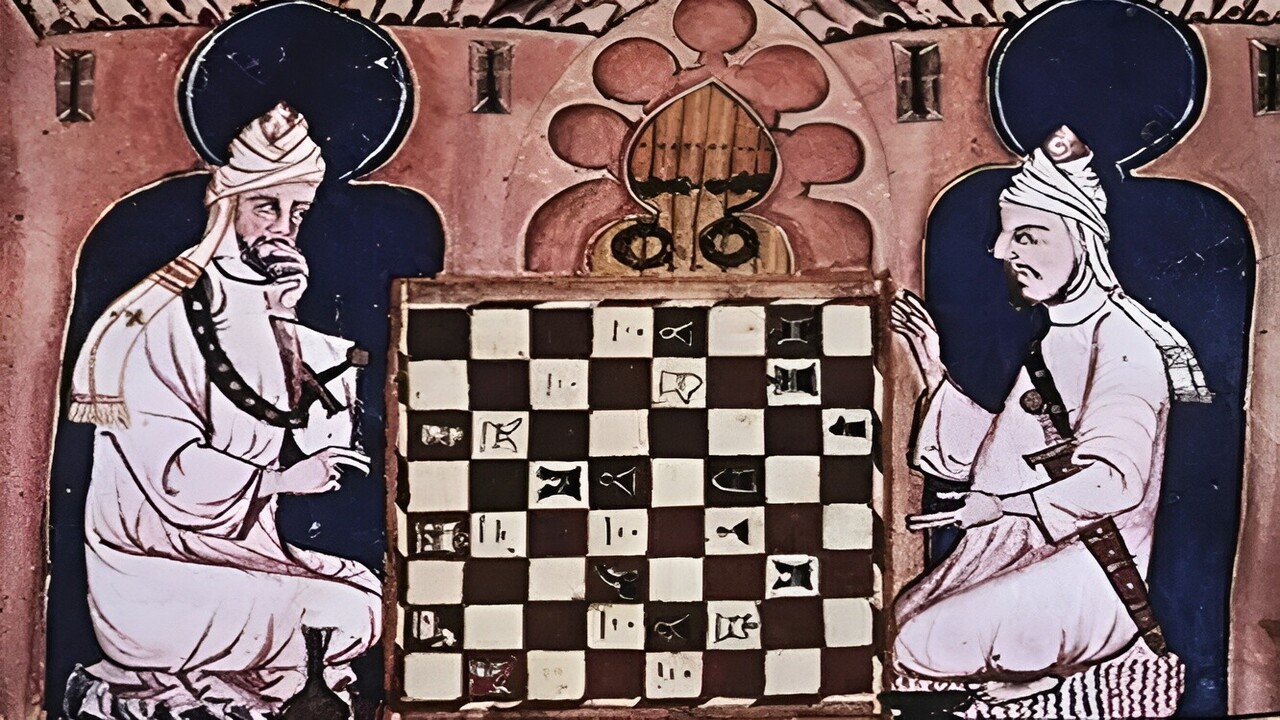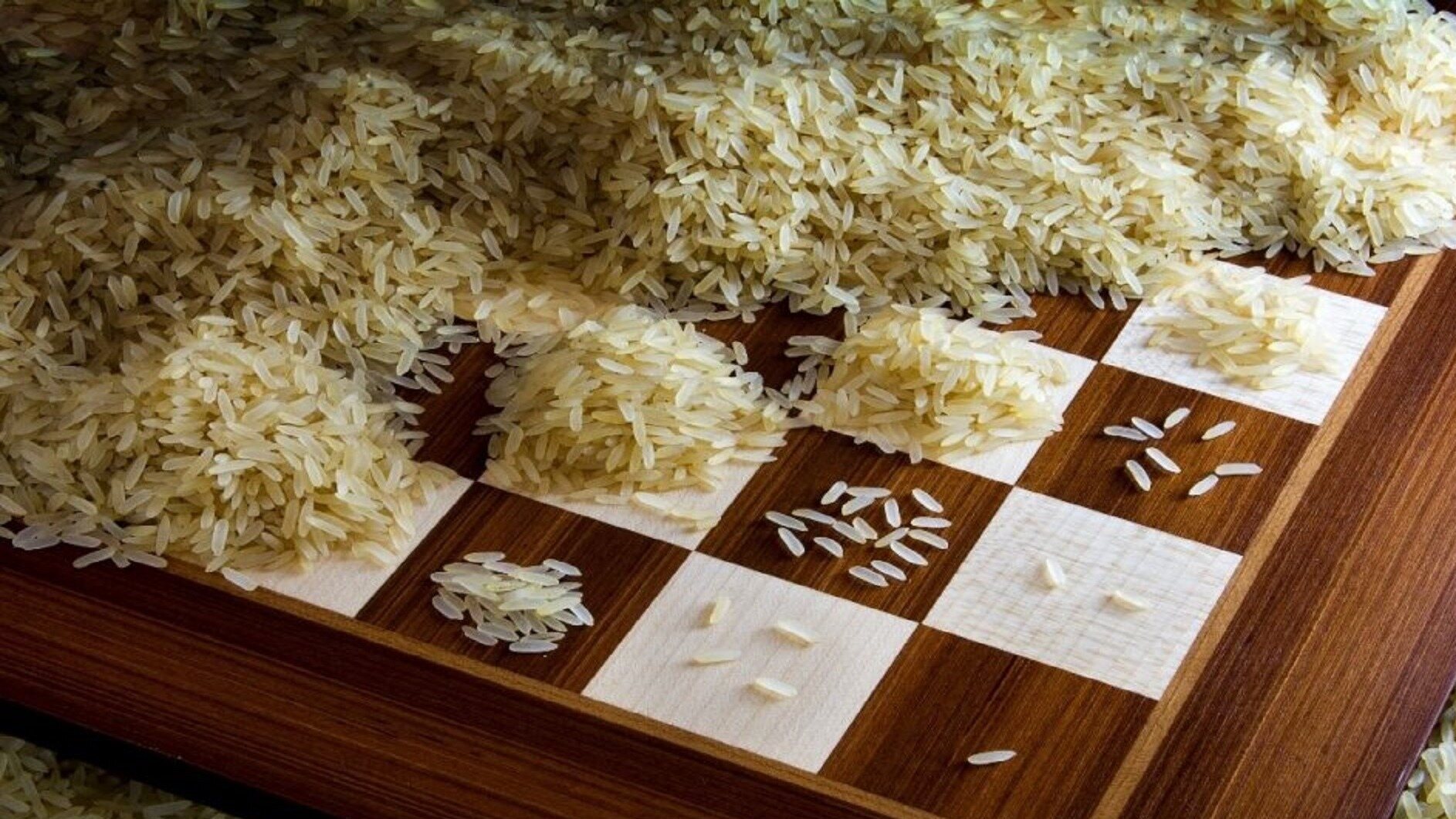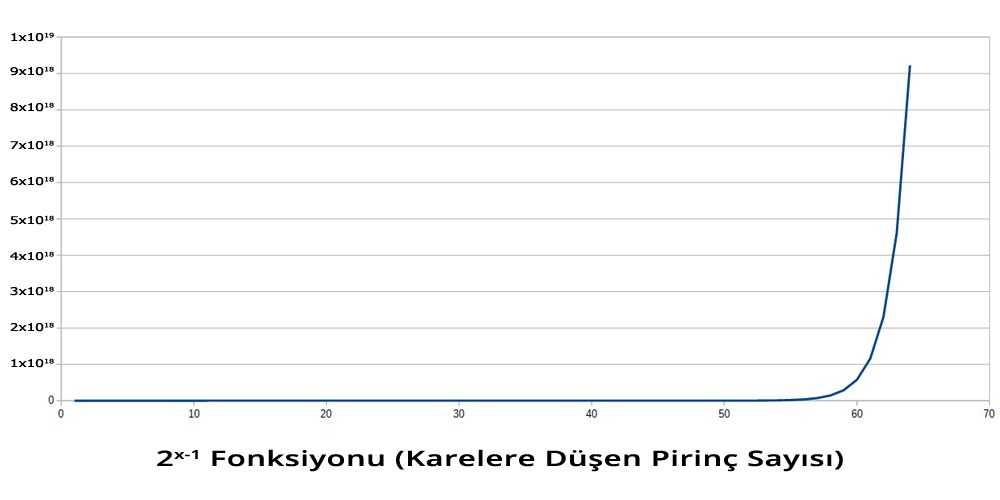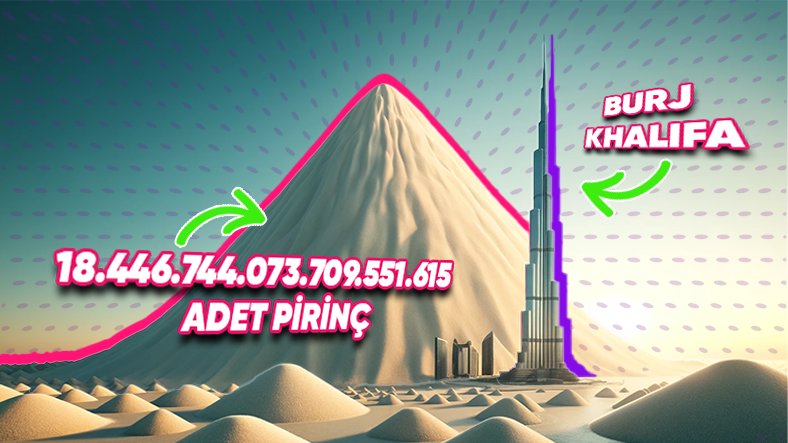The chessboard and grain of rice problem is actually in the history of mathematical thought It is known as a classic problem that occupies a very important place.
Again, the power of math proven beyond doubt This problem shows us the importance of math and science, accompanied by an interesting story.
According to legend, a wise king of India wanted to give a reward to the inventor of chess.

Invented by the inventor chess game The king liked it very much and called the inventor to him. “Ask me what you want.” he says and is surprised by the answer he gets.
Because the inventor asked the king to place a grain of rice on the first square of the chessboard and say: twice as many grains of rice in each subsequent square He asked him to go ahead and do this over the 64 squares on the chessboard.
The reward claimed by the inventor will accumulate over 64 frames was the sum of grains of rice.
Although the king initially thought this was a small amount, he would soon realize the truth.
The king was very angry when he heard this request. Because the inventor He didn’t take advantage of the opportunities he had. he thought.
But the situation was exactly the opposite. The inventor was quite smart and perhaps smarter than he should have been. much, much more He demanded a reward.
The reward requested by the inventor was exactly 18,446,744,073,709,551,615 pieces of copper! How did this happen?!

This number, which you probably say “onsekfdfds” while reading, is precise 18 trillion 446 trillion 744 trillion 73 billion 709 million 551 thousand 615 It is read as.
Assuming that the average weight of a grain of rice is 0.029 grams, the exact amount of rice that the king must give to the inventor is: 534,955,578,138 tons.
This is such a large amount that in 2020 total amount of rice produced in the world even 500,000,000,000 tons. In other words: the amount the inventor wants one thirty-sixth a lot of.
How exactly did we arrive at this amount?

The rice grain problem is actually one geometric series expresses. Once a grain of rice is placed in the first square, the amount of rice grains placed in each subsequent square is twice as large as in the previous square.
So one for each frame number exponential increase has. As a result, the total amount of rice increases rapidly and a fairly large number is obtained.
The exponential increase function we mentioned 2x-1 is. In this direction, x is the number of the square on the chessboard.
in function 64 instead of x As we mentioned earlier, the result you will get if you write this will be 18 quintillion 446 trillion 744 trillion 73 billion 709 million 551 thousand 615.
Let’s get back to our story. What happened to our inventor’s rice?
According to legend, the king realized that he could not keep his promise and built a temple and ensured that everyone who came to worship at the temple was served a rice dessert. This way, even if it is not at that moment In time, he might fulfill his promise.
Krishna Temple It is said that some kind of dessert made from rice is still offered to people who come to worship at this temple.
Source: Springer, Jamie York Academy
Our other content that may interest you:
Follow Webtekno on Threads and don’t miss the news















